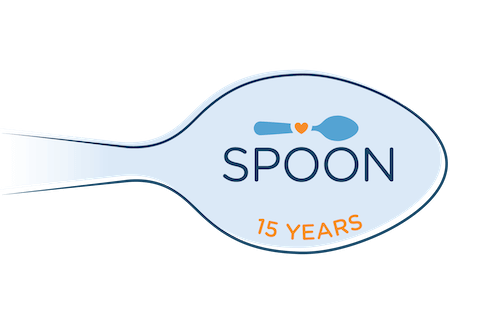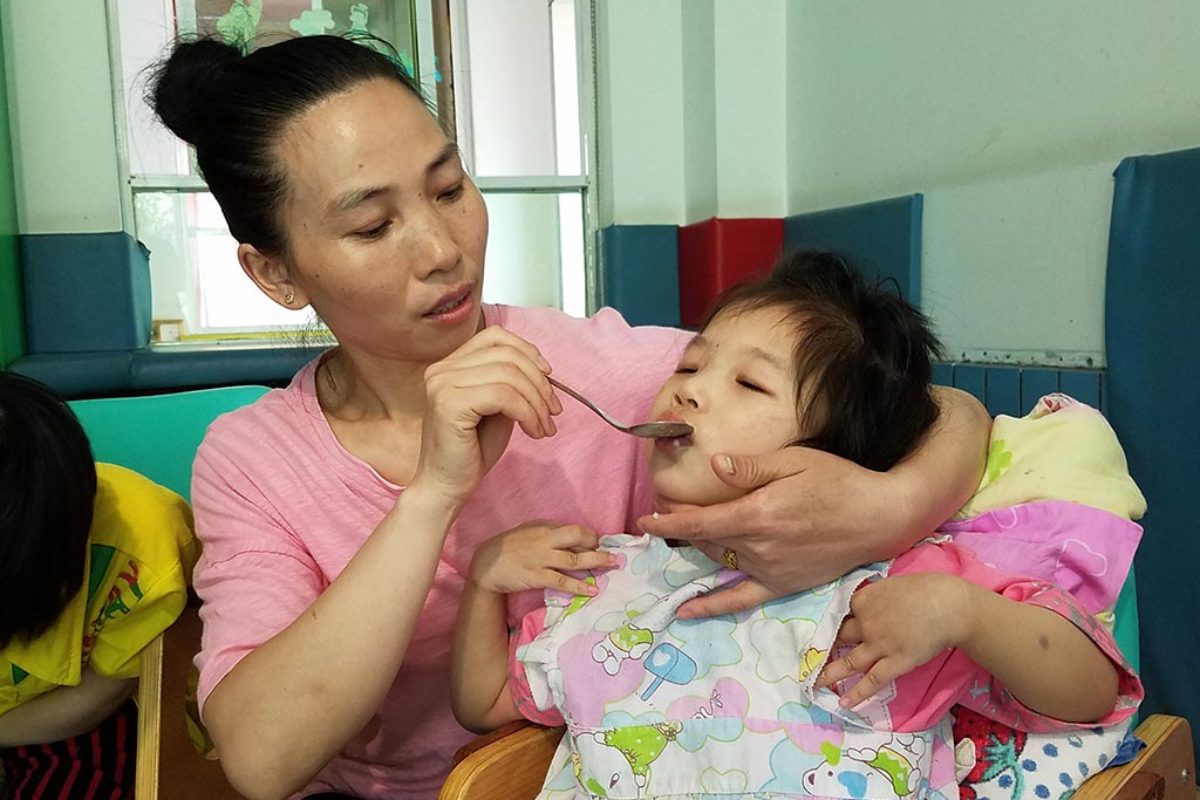The ambition of the Sustainable Development Goals (SDGs) is to reach everyone. The first target in SDG 2, end hunger, explicitly references the need to ensure access for vulnerable people; and the second calls us to end all forms of malnutrition for children under 5. These shared targets have led to increased attention in the global nutrition community to the needs of vulnerable children, a change we see across the development agenda.
While it is exciting to see more recognition of the need to reach all children, simply acknowledging the issue will not be enough. A recent UN report points to the challenges of attainting SDG 2, showing that inequities are prevalent across nutrition outcomes, and progress to reduce stunting is too slow to meet the 2030 goals. Attaining equity and achieving the SDG targets will require nutrition practitioners, policy makers, and supporters to embrace a paradigm shift towards reaching children who have been excluded from nutrition efforts.
Who is left behind?
SPOON works with children living without family care, and children with disabilities. It is estimated that 95 million children have a disability, of whom 13 million have a severe disability. Tens of millions of children live without family care. These two populations have higher rates of undernutrition than their peers, and are among the least likely to have access to health and nutrition services. SPOON has seen rates of malnutrition as high as 91% in orphanages. Children with disabilities, especially those with feeding difficulties, are particularly at risk. SPOON’s data show that compared to children without disabilities, they are 3.6 times more likely to be wasted.
Improving nutrition for highly vulnerable children
SPOON designs tools and trainings specifically tailored to improve nutrition for children without family care, and children with disabilities. We partner with local organizations and governments to disseminate our interventions. We use distance learning, a Training-of-Trainers approach, and an app, Count Me In, to build the capacity of caregivers in local communities and institutions in essential nutrition and feeding care.
Count Me In monitors feeding practices and a child’s growth and anemia status over time and provides timely and individualized interventions often missed by general nutrition recommendations. The app fills a longstanding gap in data collection and data-driven programming for children who are often not counted.
How can we make SDG2 a reality for all children?
Our experience has shown three key areas where the nutrition sector needs to work differently to make meaningful progress towards reaching all children:
Count all children: The most vulnerable children are often excluded from routine data collection methods, which often do not collect sufficient information about disability to link with malnutrition indicators, and typically exclude children without family care. In the most recent SDG progress report, UNICEF stated “to change the situation of children, count them.” With no or insufficient data, policy makers and program implementers are unable to target their efforts and resources where they are most needed. This gap also means that estimates of malnutrition, as well as of progress towards SDG2, are omitting children with the highest risk.
Promote inclusion and expand access to existing nutrition services: Children with disabilities and children living in orphanages often miss out on services that are available in their communities. This could be due to services not being adequately promoted, or designed, to be accessible to these children. For example, caretakers of children with disabilities have to continually navigate powerful stigma around disability, creating a major barrier to participation in essential health services. Children in institutions are at particularly high risk. While good nutrition is an essential foundation for children to successfully reintegrate from orphanages into their communities, it is too often excluded from reintegration efforts.
There are also major barriers at the policy level. Children with disabilities, and those without family care, need to be specifically named in policies, with resources targeted to meet their needs. They are also rarely reflected in health systems indicators; making it impossible to understand how well health systems serve the needs of these vulnerable groups. Without this accountability, governments and programs will continue to leave out those hardest to reach.
Strengthen health services with specialized nutrition and feeding interventions: Even when services are accessible, they may not be appropriate for the needs of highly vulnerable children. Children with disabilities that impact feeding often face unique challenges that cannot be addressed with standard infant and young child feeding interventions and require specialized feeding techniques, resources, and tools. Caregivers and service providers are often not equipped with the knowledge and skills to safely nourish them, commonly resorting to dangerous feeding practices that place children at risk for aspiration, pneumonia, severe malnutrition, and premature death.
Effective interventions do exist. Programs and governments must invest efforts to strengthen health systems and structures for continuing medical education and in-service training so that health workers can acquire and maintain new skills in feeding and disability to respond to each child’s individual needs.
Championing all children to reach SDG2
Including children with disabilities and those without family care in the efforts to combat malnutrition is not only ethical, but imperative for aligning with the SDGs’ leave no one behind agenda. Changing these outcomes for millions of highly vulnerable children demands a dynamic, layered approach and the concerted efforts of policy makers, funders, program implementers, and communities. We have a window of opportunity for progress as global movements and governments have scaled up efforts towards equity and inclusion and are focused on transforming data systems and care for highly vulnerable children. Reaching all children is feasible, and may be the change we need to see success in the SDG era.
Written by Zeina Makhoul and Carolyn Moore. Photo credit: SPOON.


